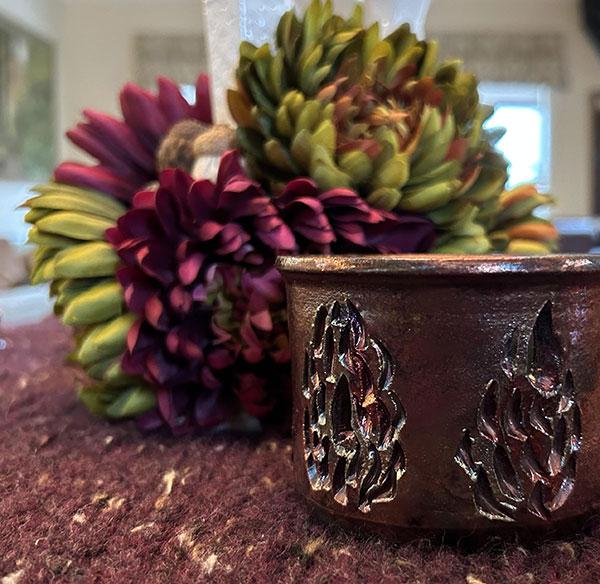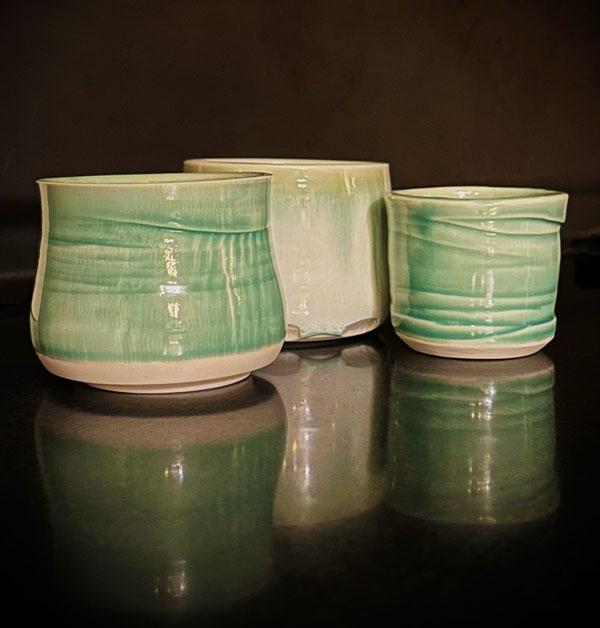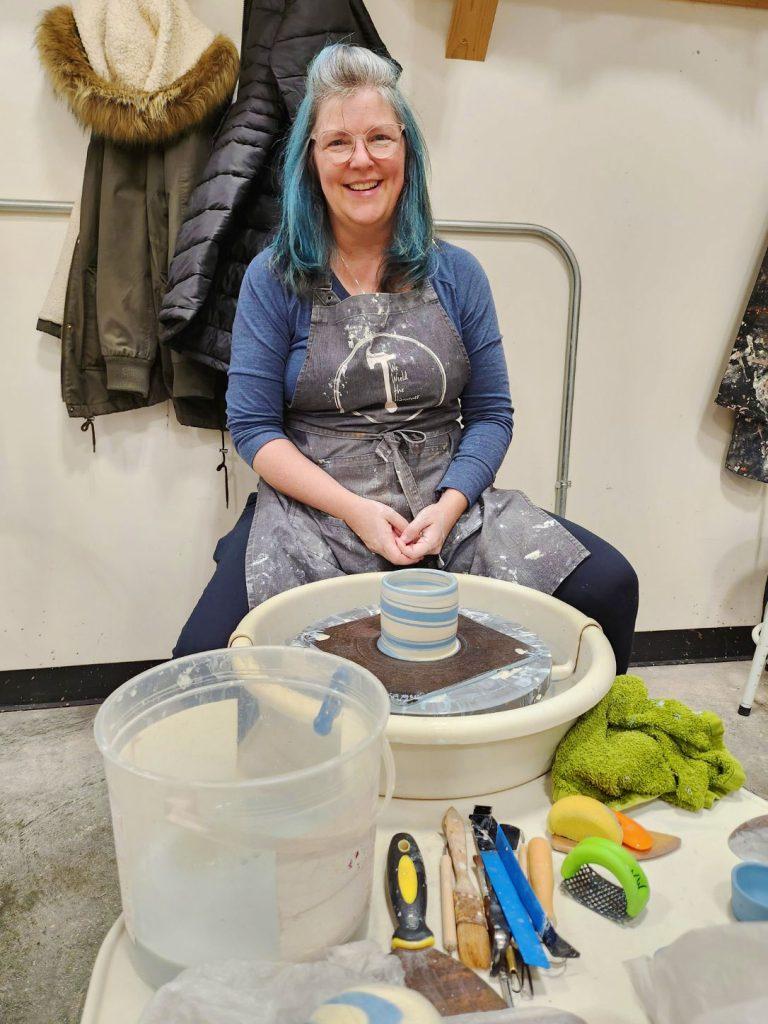Beautiful in Its Unpredictability: Savoring What Is
I just finished a raku firing with my ceramics studio. It was beautiful in its unpredictability and rustic in its process. The clay, glaze, and firing resulted in a final piece that is not watertight, and in my mind that meant I was creating less for function and more for beauty in its own right. But not for a beauty I could control. I had not been in the studio for several months, and this return felt so welcoming with friends and clay as it was asking me to let things emerge, unfold, know my part in it, and then let it go. And to do it with a community of similar travelers on the path that is ceramics. A lovely day with a lovely community.
This week we celebrate Thanksgiving in the US. Many times, this holiday is fraught with familial and historical challenges, asking me to examine who I am in the context of it all, yet it also brings me opportunities to come out of my regular schedule. Doing so helps me learn about myself, gain perspective, and realize what’s important, and for that I am very grateful.
With both ceramics and family home for Thanksgiving, I have so much to savor and it brings me such a feeling of open-heartedness and connection.
It reminds me of Savoring and Resilience, one in a series of classes in Nonviolent Communication that my teachers Jim and Jori Maske offer. Listen to the whole thing or skip to the slides and thoughtful process at 52:30. It is a low-production recording but free to anyone who wants to participate.
In this recording, Jim mentions the Hidden Brain Podcasts Slow Down and Make the Good Times Last. Both focus on psychologist Fred Bryant’s research on savoring and the positive impact it has on our lives.In my own experience, savoring helps me to find joy and gratitude, and I’m learning it helps create memories and the storylines of our lives. It creates a state of rich mindfulness, and, when shared with others, a deep sense of connection and a “on the same team” feeling. As Jim points out, we can savor the celebrations and the mournings, which may seem counterintuitive in our culture and in our world as it is today, but when done by ourselves or with others it creates bridges through the richness of our shared experiences. Cumulatively, it feeds our desire to know who we are and how we fit in and that we are worthy of love and belonging. All in the space of a shared experience savored together.
Leo Lionni got it right way back in the late 1960’s when he wrote the Caldecott Honor–winning children’s book Frederick:
Winter is coming, and all the mice are gathering food … except for Frederick. But when the days grow short and the snow begins to fall, it’s Frederick’s stories that warm the hearts and spirits of his fellow field mice.
Frederick gathers the colors and abundance of the summer and harvest in his mind and heart and shares it with the community of mice when winter gets cold and rations low. Together, they savor and connect during the winter months with stories and memories of the richness of their lives, helping them make it to spring.
So my invitation to you today and through the holidays is to take time to take it all in, open up your senses and your awareness to your life exactly as it is in the little moments, for this is your life. It is our shared lives together.
Thank you for being with me today.
Love,
Anne
Beautiful in Its Unpredictability: Savoring What Is Read More »





